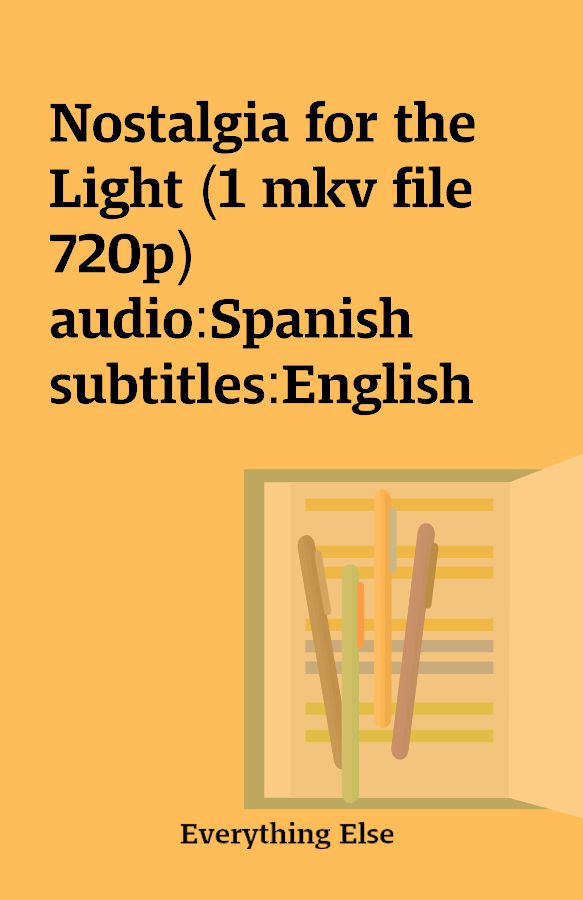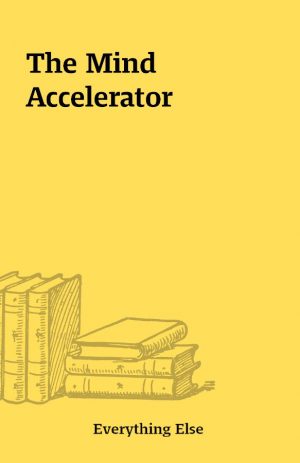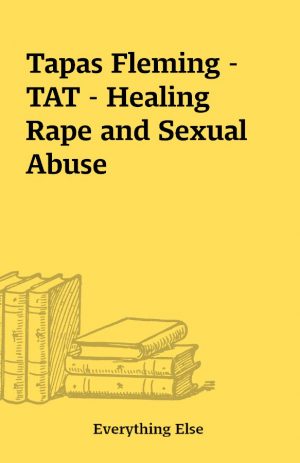Nostalgia for the Light (1 mkv file 720p) audio:Spanish subtitles:English
Nostalgia for the Light.mkv
Description
http://www.imdb.com/title/tt1556190/Nostalgia for the Light opens with a view of a telescope and images of our moon. The narrator, Patricio Guzmán, describes how he came to love astronomy and begins to remember his childhood where “only the present moment existed.” Soon, Chile became the center of the world as astronomers and scientists flocked to Chile to observe the universe through the thin and clear skies. We next see Guzmán walking in the Atacama Desert, a place with absolutely no moisture, so much so that it resembles the surface of Mars. This desert, and its abundance of history, becomes the focus of the documentary. Because of how dry it is, the desert hosts the untouched remains of fish, mollusks, Indian carvings, and even mummified humans. Astronomer Gaspar Galaz is introduced and comments on how astronomy is a way to look into the past to understand our origins. It is generally a science seeking answers, but, in the process, creates more questions to answer. He comments that science in general, like astronomy and geology, is a look into the past; even sitting there having this interview, he comments, is a conversation in the past because of the millionths of a second light takes to travel and be processed. Lautaro Núñez relates astronomer’s endeavors to his own; archeologists and astronomers have to recreate the past while in the present by using only a few traces. The documentary then shifts into Chile’s recent past dealing with Pinochet and his dictatorship. Luís Henríquez, a survivor from the Chacabuco concentration camp, describes how a group of about 20, lead by a Doctor Alvarez (who was knowledgeable in astronomy), was taught theory during the day and learned how to identify constellations at night. They learned how to create a device that let them track the constellations, and while they studied the cosmos they “all had a feeling of great freedom,”[2] as Henríquez describes it. The military, however, quickly banned these lessons because they believed the prisoners could escape using the constellations. Miguel Lawner, similarly, was a prisoner who survived the concentration camp. He is referred to as the “architect” in the movie because he was able to memorize and then later recreate the environment the prisoners lived in. Miguel would measure buildings and the grounds with footsteps and would then draw a scaled version of the concentration camps with those measurements. He would rip his drawings up and hide them at night, in case of a raid, and then flush them down the latrines in the morning. The narrator concludes that he and his wife Anita are a metaphor for Chile: Henríquez remembers what happened in the past, while Anita, who has Alzheimer’s disease, is forgetting. The documentary then shifts focus to the women who continue to search the Atacama Desert for bones and traces of their loved ones. Victor González and his mother describe it as a traumatic experience for them because the government and military have not and will not provide them with any sort of answer or location about what happened to their loved ones. Life is hard for these women because if they walk through the streets and they see an official who took part in these raids and abuses, they relive the trauma all over again. Galaz mentions that their struggle and search is similar to the astronomer’s in that they both seek answers in the past. The main difference, however, is that he and his colleagues are and remain at peace while these women are reminded everyday of what’s happened. More mothers searched the desert for bodies for 28 years, until 2002. Now, only a handful still search as bodies and bones are still being uncovered. Vicky Saavedra, a woman still searching the desert, describes how she was able to find the foot of her brother, still preserved, and how all she did was cry that day while she held his foot. Violeta Berríos, too, shares the same struggle as she is unable to accept any remains of her brother until he found in his entirety. She also describes how her and the other women who continue to search are only seen as a nuisance and annoyance. Galaz notes that people relate with his scientific endeavors more than Violeta and Vicky’s.The documentary ends questioning the importance this part of history is going to have in the future. The bodies found are systematically organized and stored, and it is questioned whether they will remain in storage, be put in museums to be remembered, or given a proper burial. Valentina Rodríguez talks about how her grandparents were detained and threatened to give up the location of her parents. After threatening to hurt Valentina, her grandparents complied and her parents were taken away. She was then brought up by her grandparents, and after studying astronomy she comes to terms with what happens by believing that we, just like the stars, are all part of a cycle in which matter and energy is continuously recycled, but never lost. This idea leaves her strong and optimistic. Guzmán ends the documentary affirming the value of memory because, as he states, “those who have a memory are able to live in the fragile present moments. Those who have none don’t live anywhere.
You must be logged in to post a review.






Reviews
There are no reviews yet.